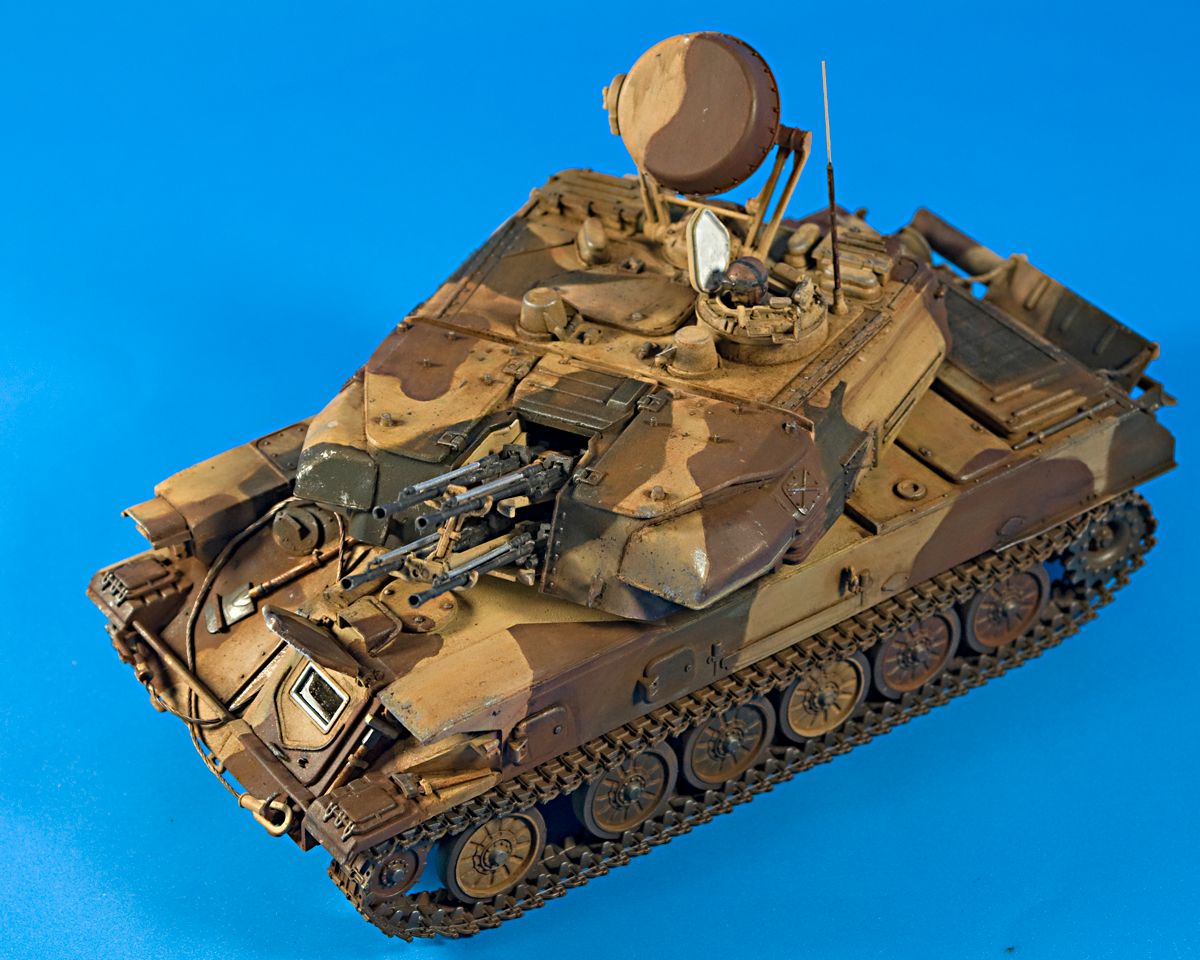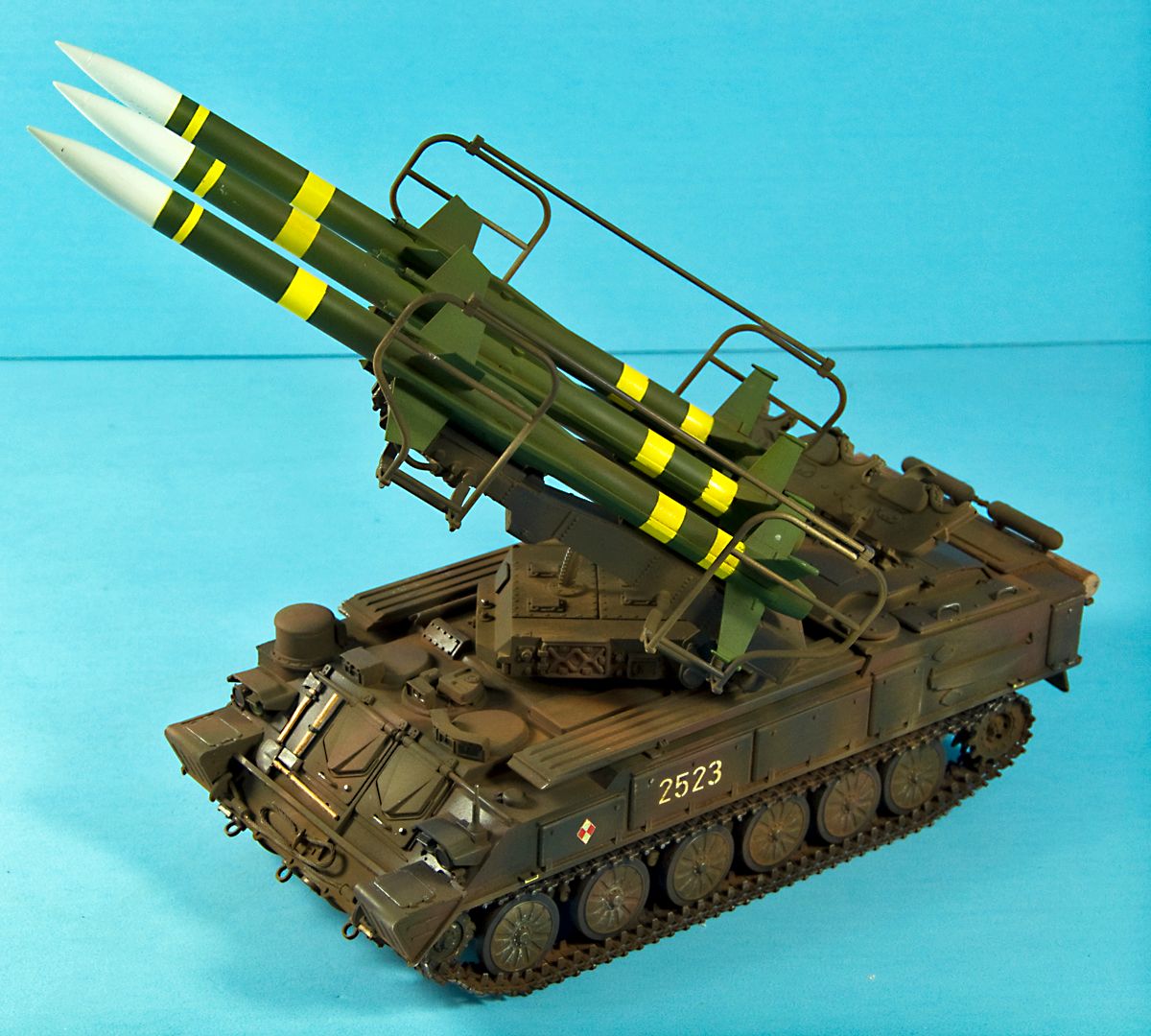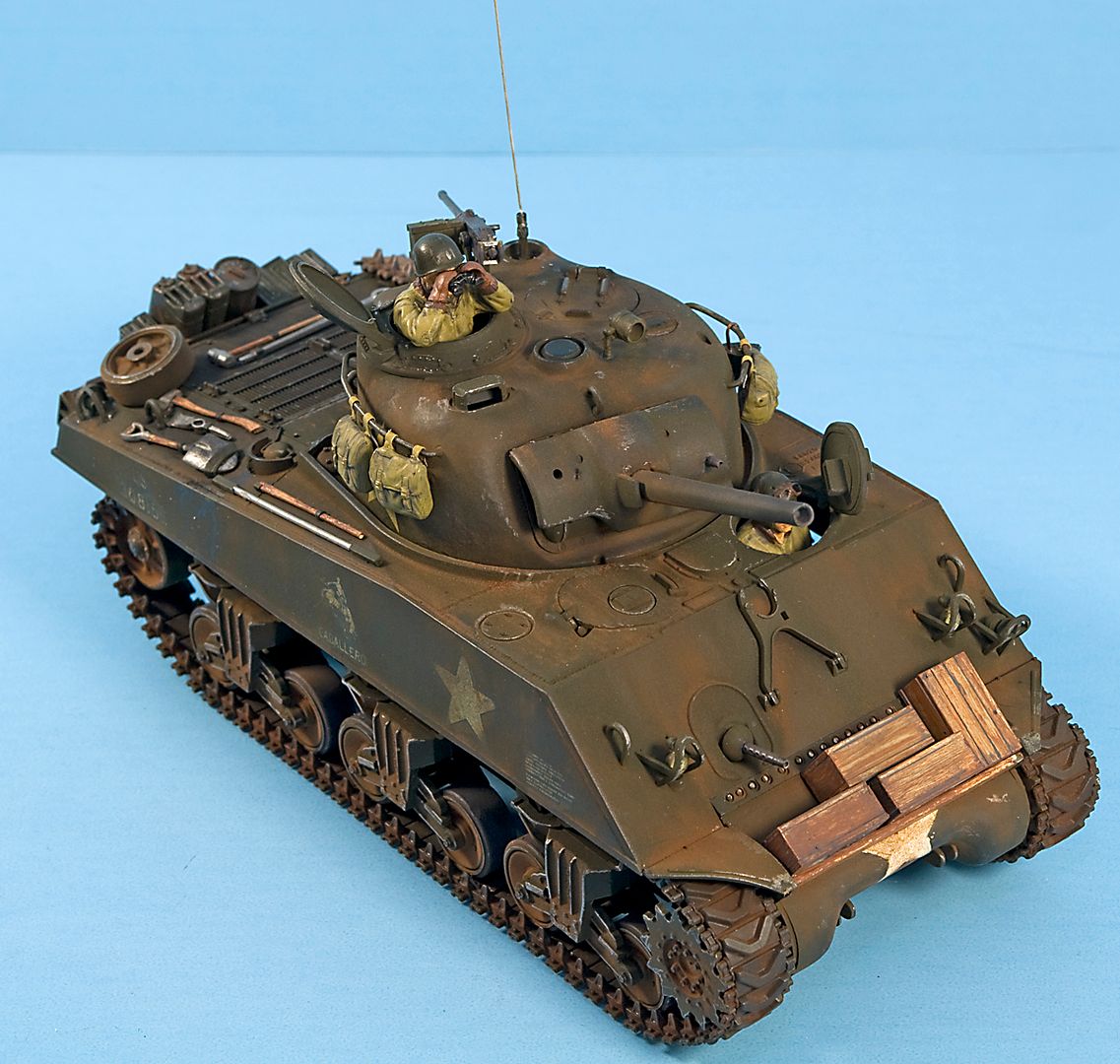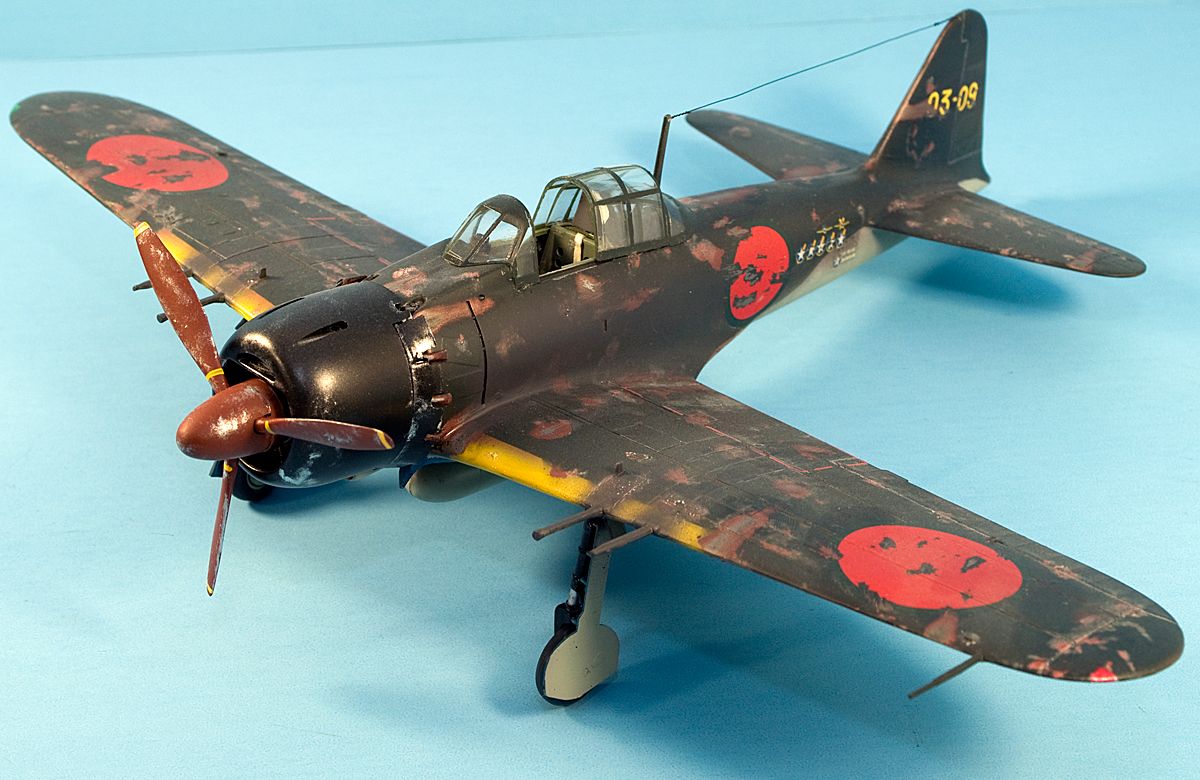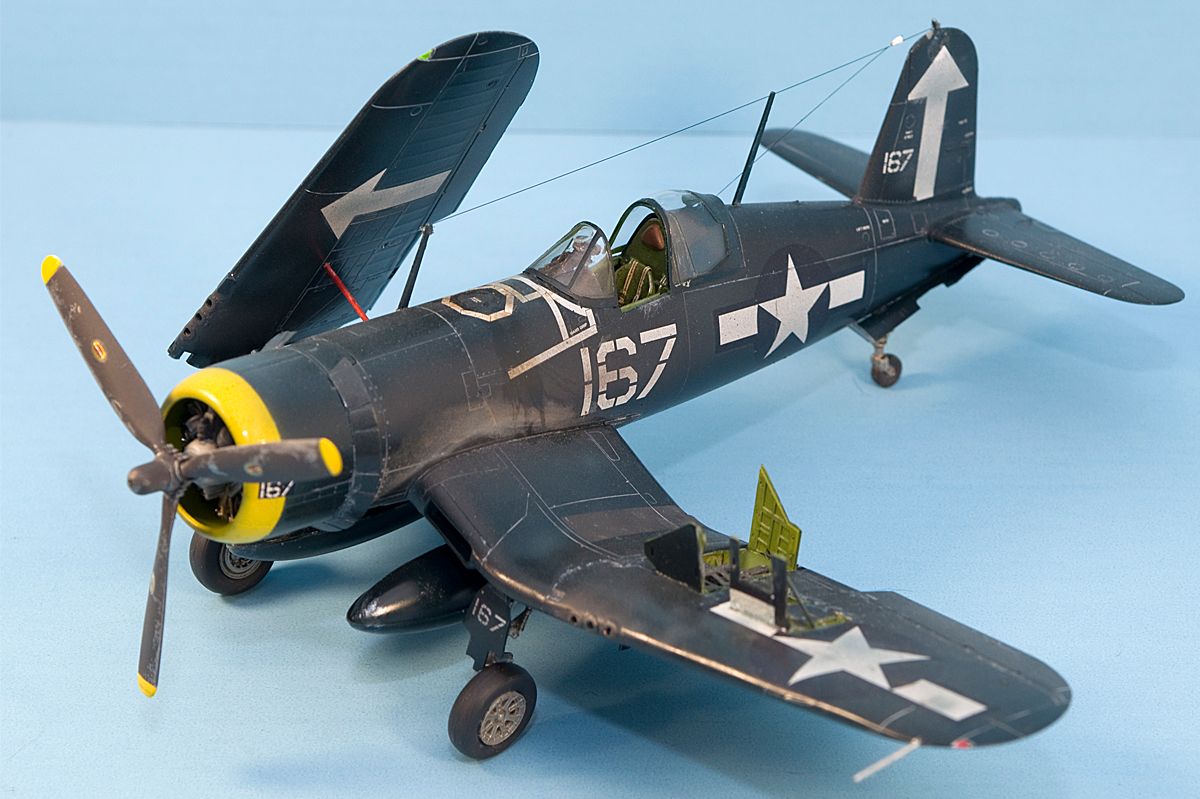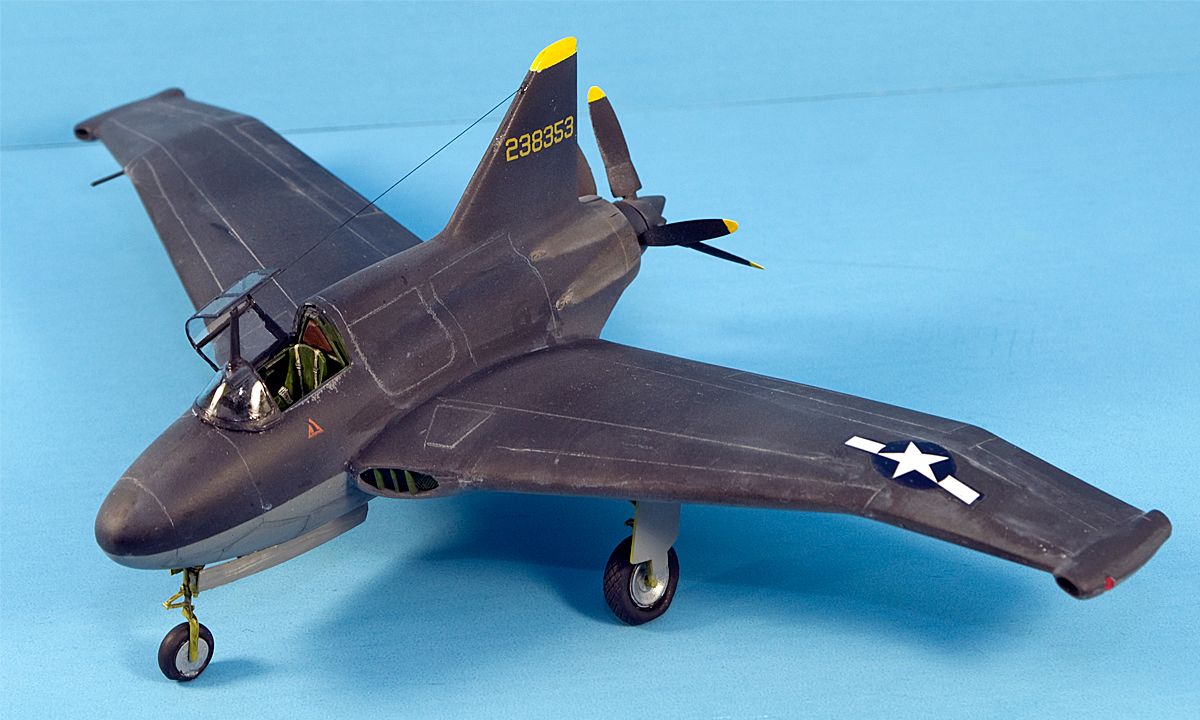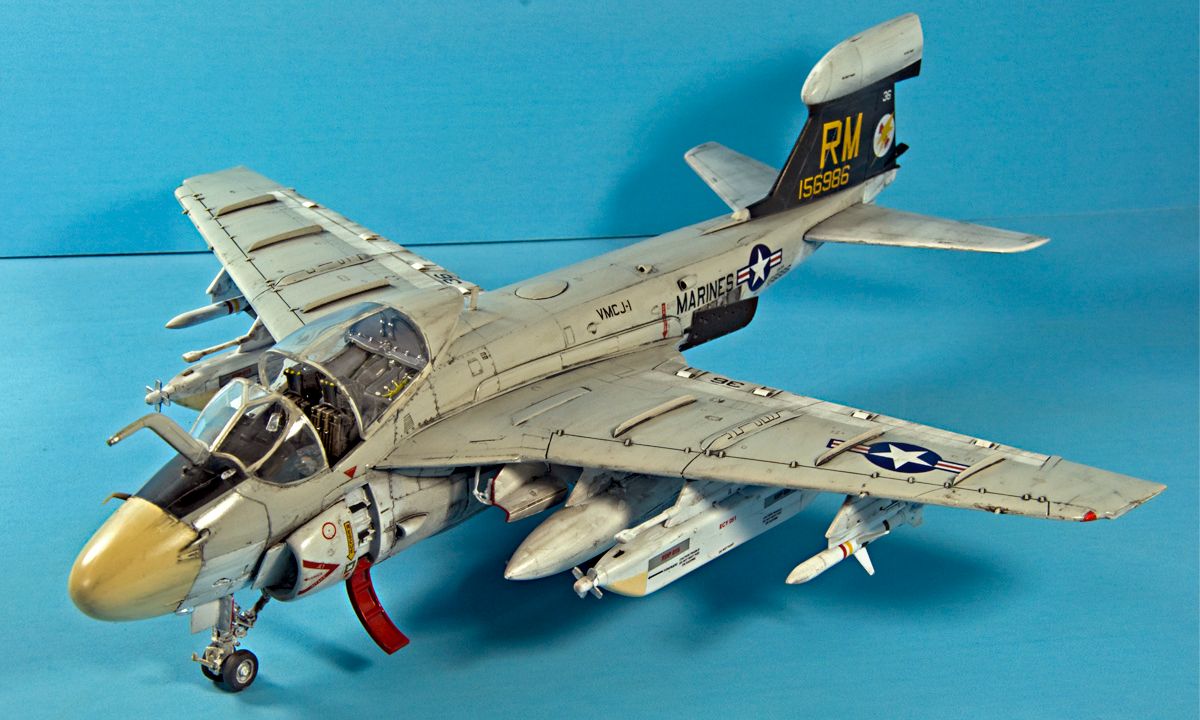It comes down to one thing - the effect. If you know the effect you're going for, you can figure out which tool is best for the job. And there are far more options than brush or airbrush. I've used cotton swabs, makeup sponges, toothpicks, colored pencils, permanent markers, my fingers and almost anything in between.
Then you have to choose the correct medium. Are you going for a sooty look? Use pastels. Going for an oily look? Use artist oils. Going for small chipped paint? Use a prisma silver pencil.
Try to look at real-world examples of the weathering you're trying to portray. I try to weather like weathering happens in real life. It starts out with a clean slate. Vehicles don't come off the line all dirty and dented. So start with a fresh coat of paint and then layer the weathering. Maybe some dirt build-up in the crevices. And paint color modulation from weather exposure. Newly chipped paint vs. dents and dings that happened early in it's career.
Here are some examples of weathering jobs I've done, in the past
A long service life in the desert. It shows new and old dings, paint modulation from exposure and dust build-up.
Regular field use, nothing heavy or outrageous, as missile vehicles are usually far from front-line action. The rockets are factory fresh as they're usually a one-time use weapon .
High altitude, supersonic flight and exposure from the desert sun.
Long service life in France, mid-battle. She's seen a lot of action and is filthy from the recent dust-up against a Tiger.
This is an "end of war" plane. The japanese had lost their top aces and were running dangerously low on materials. Looking pretty was no longer a concern for the imperial navy. This was planned as a heavy weathering job from the beginning, so it was base-coated in aluminum, then red oxide primer and then IJN green/gray scheme and then decaled. I used a salt-weathering technique between all the layers of paint, in order to produce wear that exposed different levels of paint.
This represents a plane that was in heavy rotation in the pacific. It was exposed to a lot of direct sunlight, which led to paint fade. You can also see where fuel was spilled down the fuselage during a quick re-fuel.
Only two of these were built and only one was photographed. They were tested out in the desert and left to sit on the airstrip. Extreme sun exposure and desert wind is hell on a paintjob.
A rough mission over 'Nam. Intruders flew low level missions and were exposed to a lot of personal, small caliber firearms, AA fire and flak.
Just figure out what it is that you want to represent and imagine how it happens in the real-world.
-Fred

